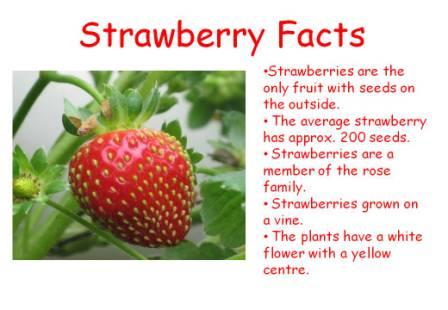The Little Mouse,The Red Ripe Strawberry and the BIG Hungry Bear
In Prep we read lots of stories. Every week I choose a story to really explore indepth with the children, focussing on current literacy and oral language outcomes. This week’s book is one of my all time favourites. Written and illustrated by Don and Audrey Wood, The Little Mouse, The Red Ripe Strawberry and the Big Hungry Bear presents us with lots of opportunities to explore some interesting text concepts and challenge our comprehension skills as we search for answers to questions that may be found “in the book” or “in my head”. Concepts we are currently learning in our QAR program.
To extend this learning a little further I have placed a strawberry plant, some facts about strawberries, 2 magnifying glasses and the book on a low table in book area.
Today was probably our fourth reading of the book , and afterwards we looked at and discussed the strawberry plant, matching illustrations to plant observations. The children were very interested in how the flower transforms into a strawberry and as our plant is in various stages of fruiting, they were able to explore this process first hand. They were able to observe the yellow flower centres
and what happens as the petals fall off the flowers and the centre grows and changes colour to become a strawberry.
Reading our Strawberry Fact poster
and hanging strawberry shapes which, thanks to the wind today, entwined themselves just like on a real vine.
We discovered that strawberries are the only fruit with their seeds on the outside. Naturally we had to use the magnifying glasses and the digital microscope to investigate this fact and sure enough we could see the seeds quite clearly.
It was a bit too tricky to count the seeds but our fact sheet told us there are usually approx. 200 seeds on each strawberry. Perhaps we’ll try counting them again tomorrow.
This wonderful book also provides lots of opportunities to pose questions to challenge our thinking and problem solving skills including –
- If you were the mouse how would you pick the strawberry?
- How would you disguise the strawberry?
- What would you do to protect the strawberry?
- What would you do if the big hungry bear found the strawberry? (This question could lead to lots of philosophical discussions about sharing .)
All of which we will explore using a variety of mediums as the week progresses. Other planned experiences include-
- cutting trawberries in half and investigating the inner part of the fruit, along with lots of tasting.
- using observation skills to draw and record the shape of the leaves, the various stages of fruiting and the runners with their roots and shoots.
- planting the runners to propogate more plants
We will also be watching the story’s Youtube video with text , stopping on the pages with questions and problem solving where we will find the answers to the questions ie. “In the Book” or “In my head.” This story is a great text for finding answers to “in my Head” questions due to the narrator being the person reading the story. A different perspective for a children’s book. Love it!!






![strawberryseeds[1]](https://playinginprep.files.wordpress.com/2011/10/strawberryseeds1.jpg?w=540)




























































